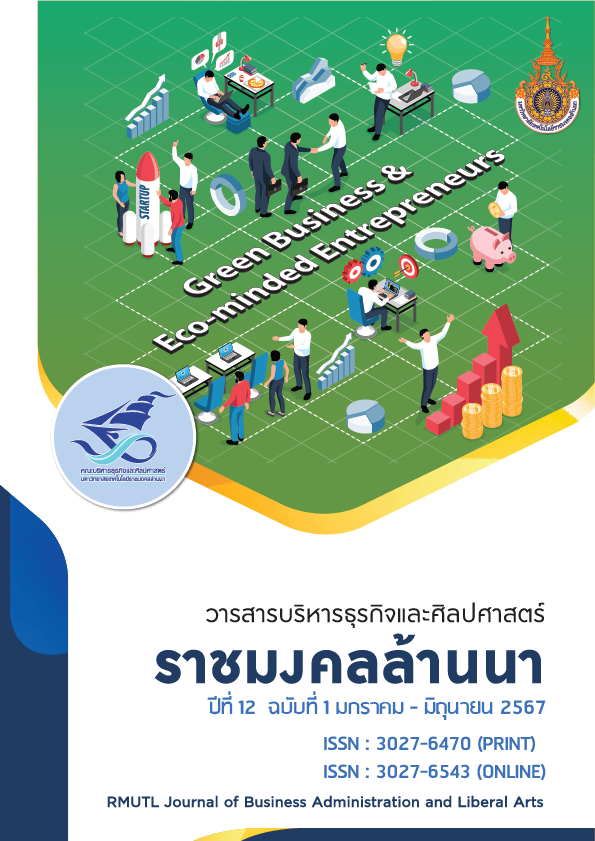Amusement Quality, Tourist Satisfaction and Revisit Intention of Theme Park -- Guangzhou Chime-Long Paradise
Main Article Content
Abstract
This paper combines interview, questionnaire survey and field investigation to obtain the data needed for the research. Finally, descriptive statistical analysis, paired sample T test, factor analysis, variance analysis, correlation analysis and regression analysis were carried out on the collected data using SPSS statistical analysis software to verify and modify the research model. The final conclusions are as follows:(1) the scale of theme park amusement quality includes theme atmosphere, amusement items and activities, service facilities, personnel performance, performance and other dimensions. (2) there is a significant difference between the expected quality of amusement before the visit and the actual perceived quality of amusement after the visit. The expected quality of amusement is significantly higher than the perceived quality of amusement. (3) the "perception-expectation" recreation quality has a positive effect on the satisfaction of tourists and their willingness to return. The actual post-tour "perceived" pleasure quality has a significant positive impact on the satisfaction of tourists and their willingness to return. The model constructed by substituting the "perception-expectation" pleasure quality with the actual post-tour perception has more explanatory power.Different demographic variables of tourists have significant differences in three aspects: recreation quality, tourist satisfaction and willingness to visit again
Article Details

This work is licensed under a Creative Commons Attribution-NonCommercial-NoDerivatives 4.0 International License.
บทความวิจัยนี้เป็นของลิขสิทธิ์
References
Dong, P., & Siu, N. Y. M. (2013). Servicescape elements, customer predispositions and service experience: The case of theme park visitors. Tourism management, 36, 541-551.
Jung, T., Chung, N., & Leue, M. C. (2015). The determinants of recommendations to use augmented reality technologies: The case of a Korean theme park. Tourism management, 49, 75-86.
Cabanas, E. (2020). Experiencing designs and designing experiences: Emotions and theme parks from a symbolic interactionist perspective. Journal of Destination Marketing & Management, 16, 100330.
Wei, W., Qi, R., & Zhang, L. (2019). Effects of virtual reality on theme park visitors' experience and behaviors: A presence perspective. Tourism management, 71, 282-293.
Yu, Y. (2012). Analysis on the sustainable development countermeasures of China's theme parks. China Business and Trade, 20, 244-245.
Li, H., & Ding, Y. (2017). Development and promotion strategies of theme parks in southern Jiangsu under the background of supply-side reform: A case study of Suzhou Paradise and Changzhou Dinosaur Park. China Business Theory, 36, 148-149.
Lu, L. N., & Mei, W. (2017). Discussion on transportation planning of urban tourism resort: A case study of Chimelong Tourism Resort in Guangzhou. Transportation World, (17), 3-5, 8.
Cheng, Y., Li, Y., & Jiang, H. (2017). Research on the spatial and temporal characteristics and influencing factors of theme park tourism destination network attention: A case study of Chimlong Happy World. Yunnan Geographical Environment Research, 29(4), 65-71.
Luo, F. (2019). The impact of tourism industry on economy and sustainable development research. China Collective Economy, (11), 20-21.

